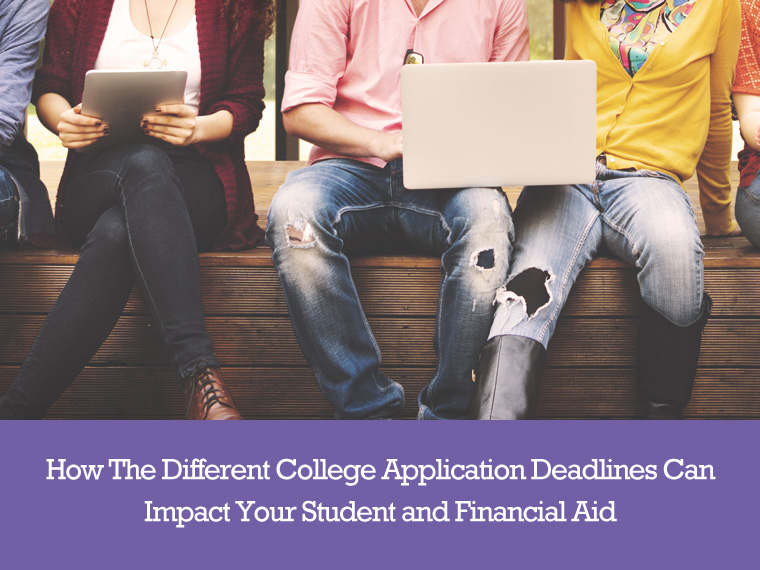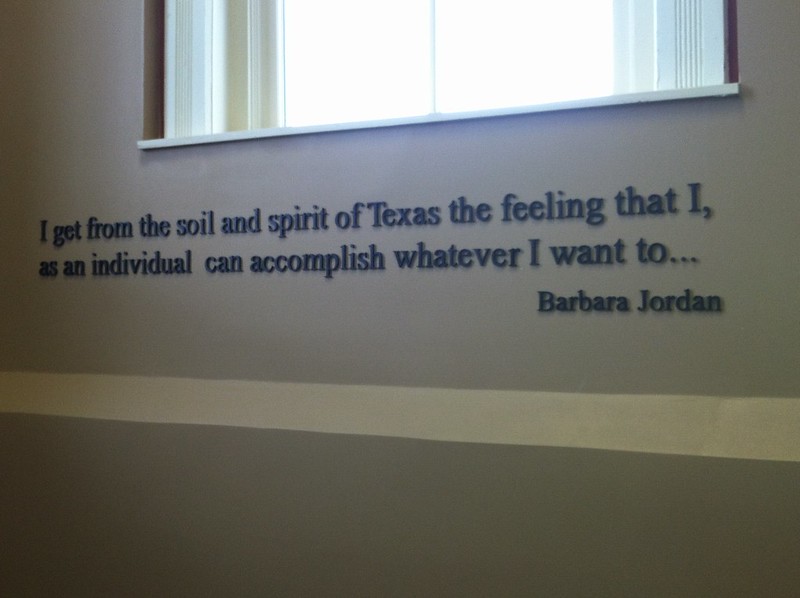College application deadlines are not the most exciting topic to consider as your teen prepares for college during high school, but it’s a very important topic one. It’s important because it can make a big difference in terms of what you pay for college as well as impact your student’s chances on getting admitted.
Each year there are different application deadlines that your teen can use for their applications for college. They sound similar, so it can be confusing to understand how they are different. I’ll explain how they can impact your teen and their college future.
One of the deadlines is simply the regular decision deadline that happens every year, usually around January. The thing to remember is that application deadlines are very unforgiving, so your teen needs to make sure that they meet that deadline.
Regular decision is a standard deadline, and another deadline you may hear about is the “rolling deadline”. The rolling deadline means that your teen can submit their application at any time. Usually they’ll get a notice back of a decision about three or four weeks later (but sometimes it could be sooner, depending on the time of year).
The rolling deadline is one that doesn’t have a specific date. So, it could start perhaps as soon as October and keep going until the final deadline, which means that all the applications have to be in by that time. Or it can be set to go as late as the spring of senior year.
Now that we’ve covered standard and rolling deadlines, I want to review two other deadlines that can be a bit confusing because they start with the same word. One of these deadlines is the “early action deadline”. Early action is non-binding, which means that your teen can apply to an early action deadline and usually they’ll find out the decision perhaps around December. It gives them a little bit of ease, especially if they do get admitted, because they’ll know pretty much where their application stands. Then, if they want to apply to some additional colleges, they still have time to do that under the regular deadline.
The fourth deadline I want to talk about also starts with early, and it’s called “early decision deadline”. Early decision is more strict because this deadline is binding. Every year, there are a lot of families that will apply under the early decision deadline. With the early decision deadline, because it’s binding, you cannot apply to any other colleges that have any type of restrictive deadlines. You want to make sure that you read the fine print on that.
The early decision deadline is one that the parents have to sign off on. Also, the school counselor will be notified as well. The key thing with the early decision deadline is that it means that if your teen is admitted, they must go to that college, regardless of financial aid. This is where sometimes I will see families who decide to do the early decision deadline, because that’s the only one that a particular college offers for them (either early decision or regular).
Generally with the earlier application rounds, the admissions rate is a bit more favorable. Families that want to make sure that their teen has the best shot in terms of admissions will often go ahead and exercise that option to use the early decision deadline. But soon after, if the decision comes back positive in December, you have a short window of time to withdraw all of your other applications and to submit your deposit to hold your space.
That’s a really serious deadline. Sometimes families will say, “Oh, I didn’t know. I thought we would be eligible for financial aid.” They get a surprise that they don’t get any additional aid and then it’s trying to figure out, “Okay, how do we pay for it?”
It’s a deadline that I wouldn’t take lightly. It’s certainly your family’s choice if you decide to do the early decision round, but know that it means that your teen will be going if they get admitted, regardless of what the financial aid is.
At least with the early action option, you have a chance to look through the financial aid offers from other colleges as well. On the flipside, some colleges will offer only the early decision deadline, and then others may have an early action, or they can also have an early decision as well. So you want to be sure you know the deadlines for your student’s college of choice when they begin applying!
One thing I will add about the very late regular decision deadlines is that sometimes colleges will say the deadline is June 1st. They will be filling those seats before then, so for colleges that may have a very late regular decision deadline doesn’t mean that you can apply on May 31st still find seats available. It’s a point to keep that in mind when your student is scheduling when to submit applications.
Do you have questions about application deadlines and helping your student get into their dream school? Application deadlines can make a big difference in terms of what you could end up paying. In some cases, it can also make a difference as to where your teen gets admitted. I look forward to hearing from you if you have any questions or thought about the process!
If you’re a parent of a high school student preparing for college, I have created a free online training class that answers the most common questions I get from parents: “How to Find The Right College.” It offers insight into the college application process as well as how to get money for college. You can check it out and register for it HERE.








